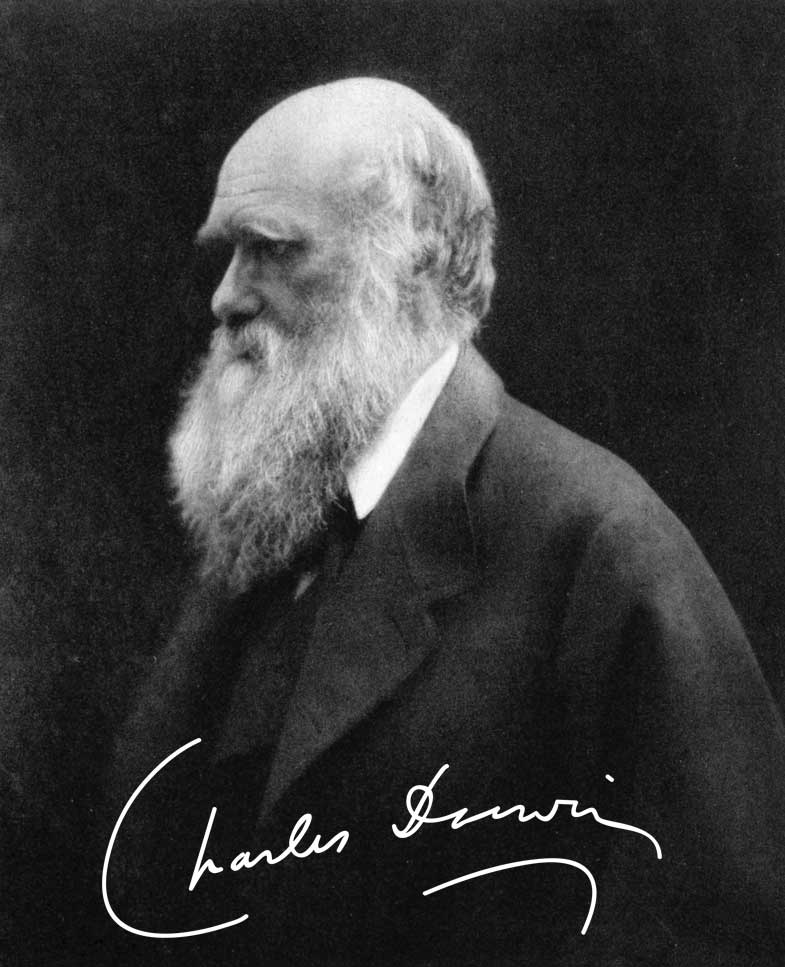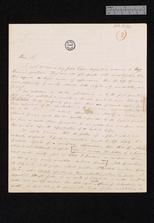On his 15th wedding anniversary JSH writes to CD wishing him happiness as great as JSH has had in his marriage, and adds some advice.

The Charles Darwin Collection
The Darwin Correspondence Project is publishing letters written by and to the naturalist Charles Darwin (1809–1882). Complete transcripts of letters are being made available through the Project’s website (www.darwinproject.ac.uk) after publication in the ongoing print edition of The Correspondence of Charles Darwin (Cambridge University Press 1985–). Metadata and summaries of all known letters (c. 15,000) appear in Ɛpsilon, and the full texts of available letters can also be searched, with links to the full texts.











